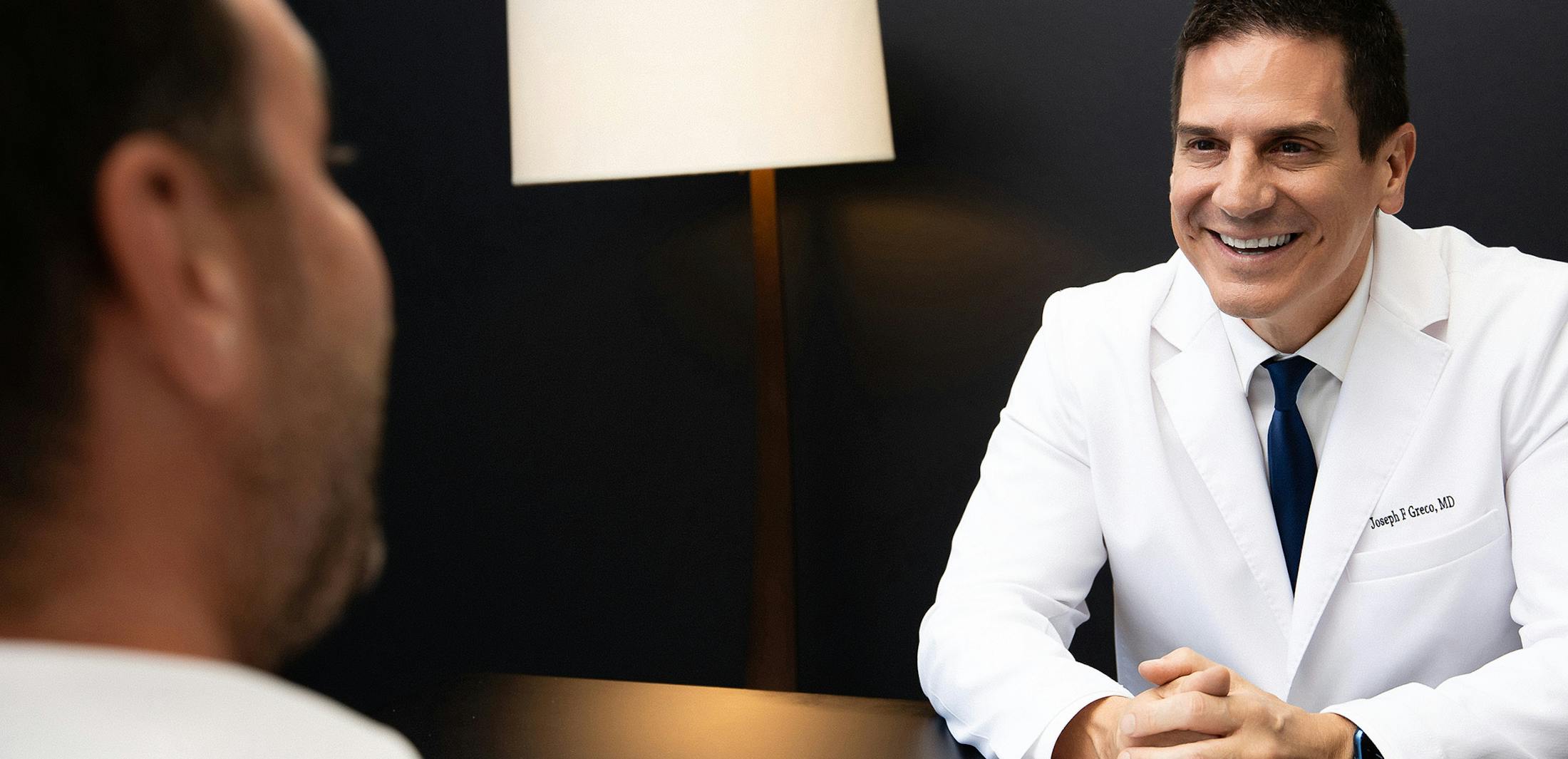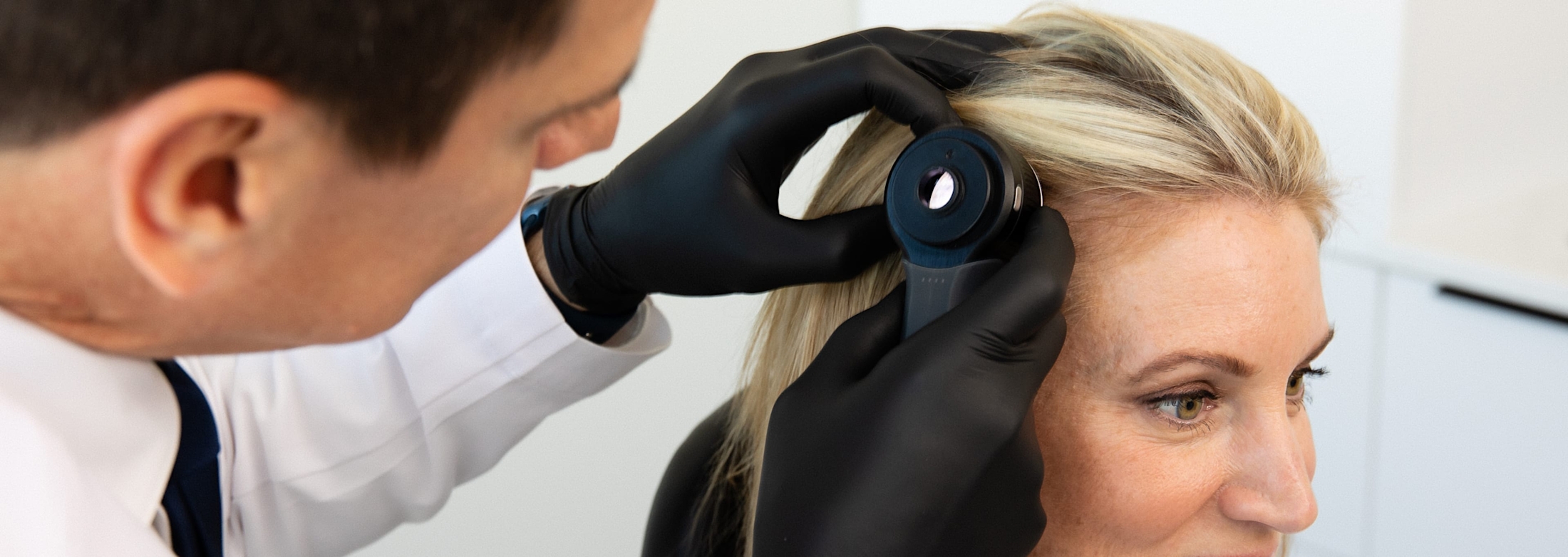Facts and Frequently Asked Questions About “Laser Assisted Hair Surgery” Surgery
Lasers do not yield better results. A laser simply vaporizes tissue and is only used to make grafts sites in patients who are extensively bald. All other phases of the procedure remain the same, and grafts are not harvested, dissected, nor are they placed with the aid of a laser. In conclusion, lasers are excellent for many surgical procedures, and some day may have a place in hair transplantation, but they are not the standard method of care in this field today.

